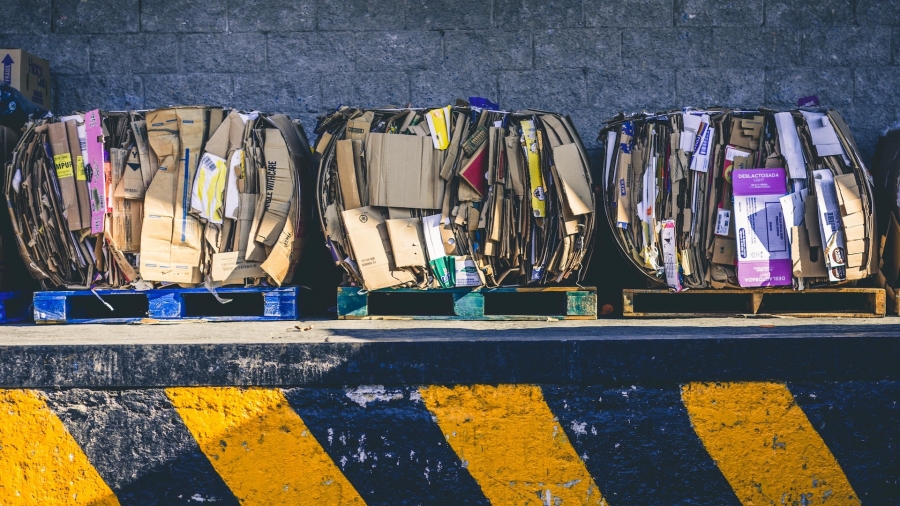The interesting thing about trash is that so much of it isn’t actually trash at all! Once we can view trash in a different way and understand our production of it, we can begin to realize that the three R’s aren’t that hard to understand and incorporate into our daily lives.
Begin by asking, what is trash and what are some examples that come to mind? Trash is anything that we don’t want or don’t need. Instead of aiming towards the landfill or even the recycling bin, let’s first focus on how waste reduction and reusing items can provide more benefits to the health of the environment.
By offering examples of reduction and reuse of materials, students can brainstorm inventive ways to invite changes into their habits. Simple things like using a reusable water bottle or choosing fabric grocery bags as opposed to plastic ones are easy ways to help kids feel the impact of their choices.
After discussing the meaning of the three R’s and providing examples of each, students were lined up in front of four buckets labeled Reduce, Reuse, Recycle, and Landfill. In another bucket there were items found around camp intended to help students organize common “trash” items into different categories. This activity is very simple to recreate, and the visual component allowed students to realize how much of our waste can actually be utilized in another way. The items in our bucket included an empty spray bottle, various clothes items, scrap paper, a book with pages missing, an almost empty container of glitter, an unwanted magazine, and plastic bottles. The reuse bucket was almost overflowing with things we might normally throw away!
Check out all that reusable stuff!
This activity was a fun way to help students realize the possibility of shifting perspectives on waste production. With this base knowledge, we were able to transition into the next activity with ease-- creating bottle art!! We collected plastic bottles and empty yogurt containers which were used to create hanging planters. We cut out rectangles from the two liters using an exacto knife, poked holes in the bottom for drainage, and poked two holes in the top to attach the sting. For the yogurt cups, we simply poked two holes on the side of the cup to tie the string into. Students were able to paint the outside of the planters which made cute hanging planters! They understood the importance of the three R’s and easily connected it that knowledge to the reasoning behind creating upcycled art together.
Having fun painting old yogurt cups!
This article will guide you through the steps of thirty different upcycling projects that are quick and fun to do with your kids! The inspiration to create something unique came from perusing through all these awesome ideas!
Project Learning Tree provides some amazing resources, and the lessons taught at Foothills are often derived from their teachings. This link offers amazing ideas and projects you can do at home with your kids that will help them understand waste and our relationship with it.
It certainly wasn’t a waste spending our time together talking about Reduce, Reuse, Recycle, and hopefully you learned something that you can reuse on your own! Send us pictures of completed activities or ideas about how to include other methods of the three R’s. See you soon!
